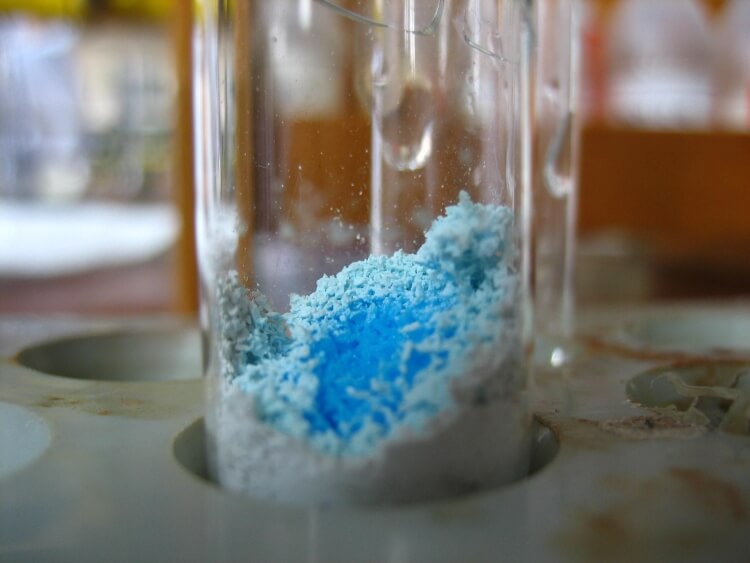81621
Human Kazal Type Serine Protease Inhibitor Domain Containing Protein 1 (KAZALD1) ELISA Kit
Human Kazal Type Serine Protease Inhibitor Domain Containing Protein 1 (KAZALD1) ELISA Kit
Q96I82
sandwich
12 months
0.115ng/mL
0.312-20ng/mL
Homo sapiens human
BONO1,FKSG28,FKSG40
ELISA Enzyme-linked immunosorbent assays Code 90320007 SNOMED
tissue homogenates, cell lysates and other biological fluids.
This product is available in other size, contact us for more information
E05 478 566 350 170 or Enzyme-Linked Immunosorbent Assays,E05 478 566 350 170 or Enzyme-Linked Immunosorbent Assays,Human proteins, cDNA and human recombinants are used in human reactive ELISA kits and to produce anti-human mono and polyclonal antibodies. Modern humans (Homo sapiens, primarily ssp. Homo sapiens sapiens). Depending on the epitopes used human ELISA kits can be cross reactive to many other species. Mainly analyzed are human serum, plasma, urine, saliva, human cell culture supernatants and biological samples.
Tissue, pathway, proteinase, peptidase, protease ,acrosin, lipoprotein, activator, caspase, trypsin, papain, esterase inhibitors are proteins or receptor ligands or receptor antagonists that bind to an enzyme receptor and decreases its activity. Since blocking an enzyme's activity can kill a pathogen or correct a metabolic imbalance, many drugs are enzyme inhibitors. Not all receptor antagonist that bind to enzymes are inhibitors; enzyme activator ligands or agonists bind to enzymes and increase their enzymatic activity, while enzyme substrates bind and are converted to products in the normal catalytic cycle of the enzyme.Serine protease, D- or L-serine arginine rich enzyme of serine threonine kinase with serine that is encoded by the codons UCU, UCC, UCA, UCG, AGU and AGC is an ɑ-amino acid that is used in the biosynthesis of proteins. It contains an α-amino group (which is in the protonated −NH+ 3 form under biological conditions), a carboxyl group. It is non-essential in humans, meaning the body can synthesize it.
